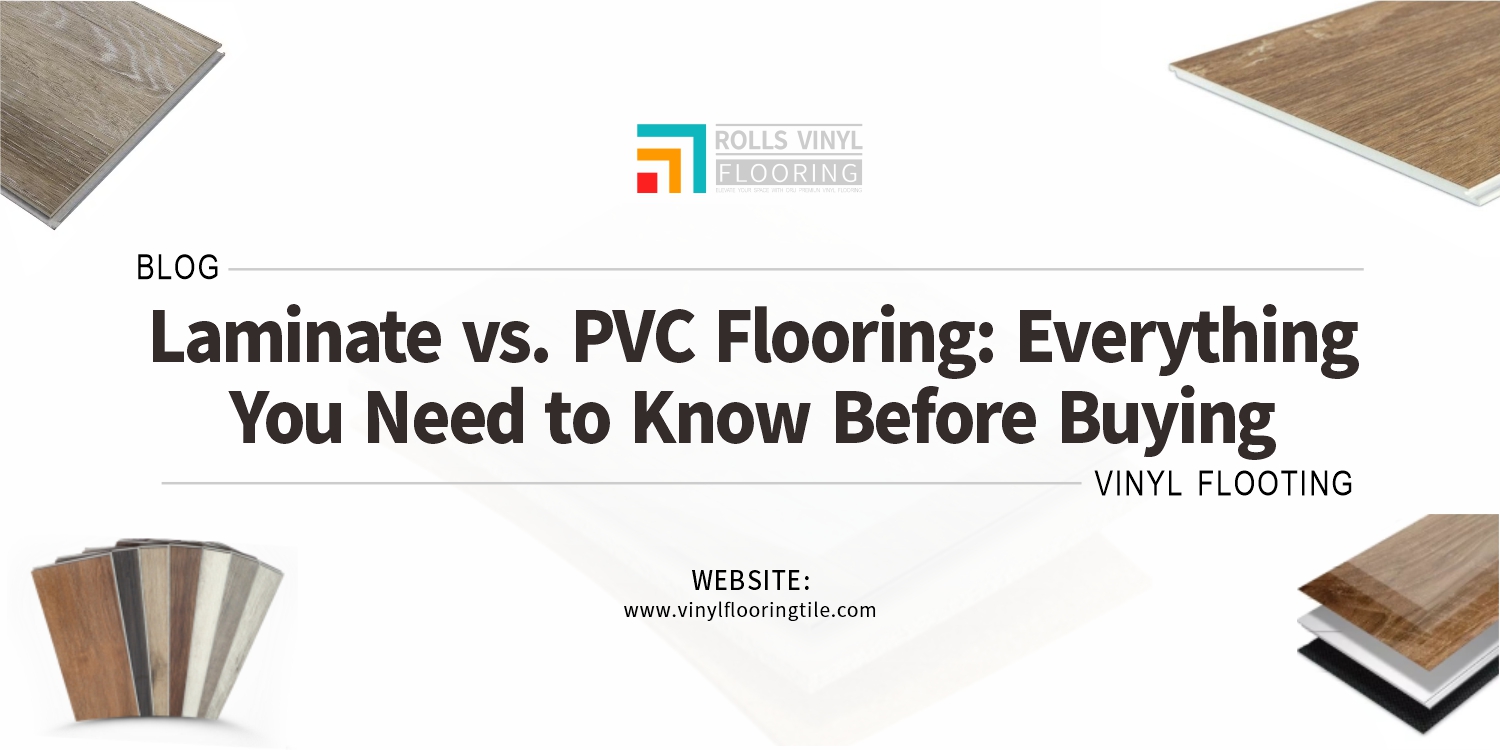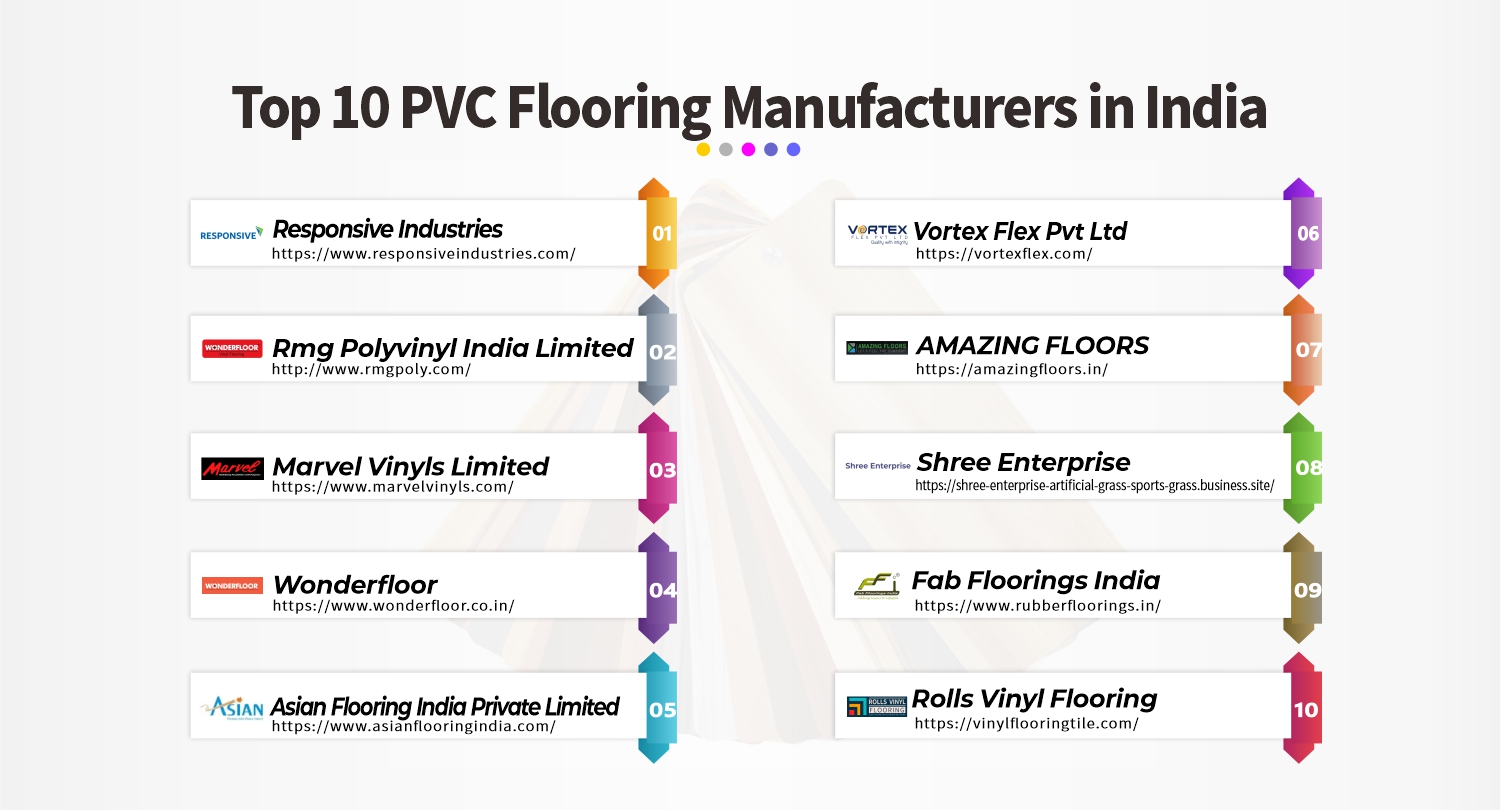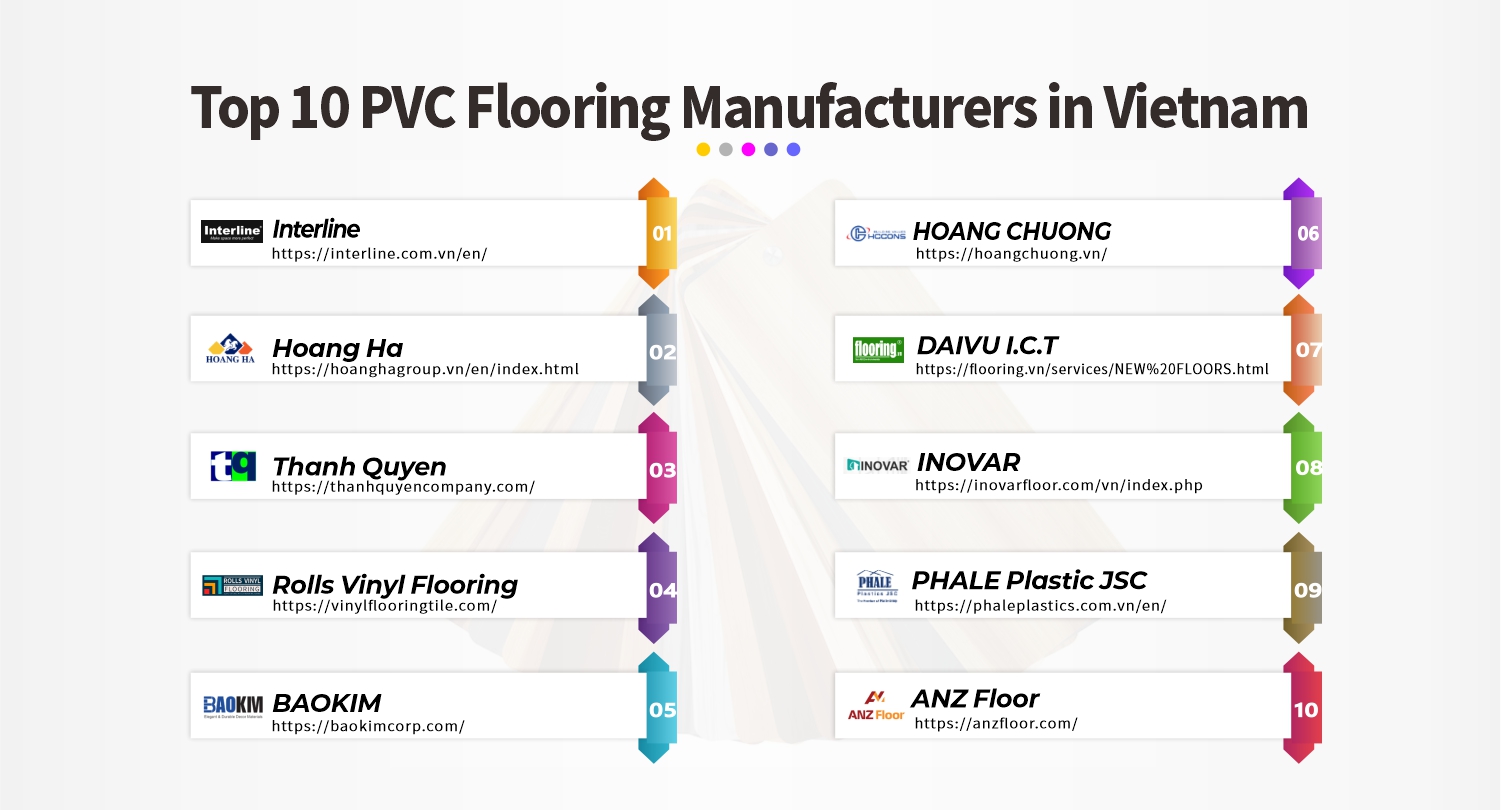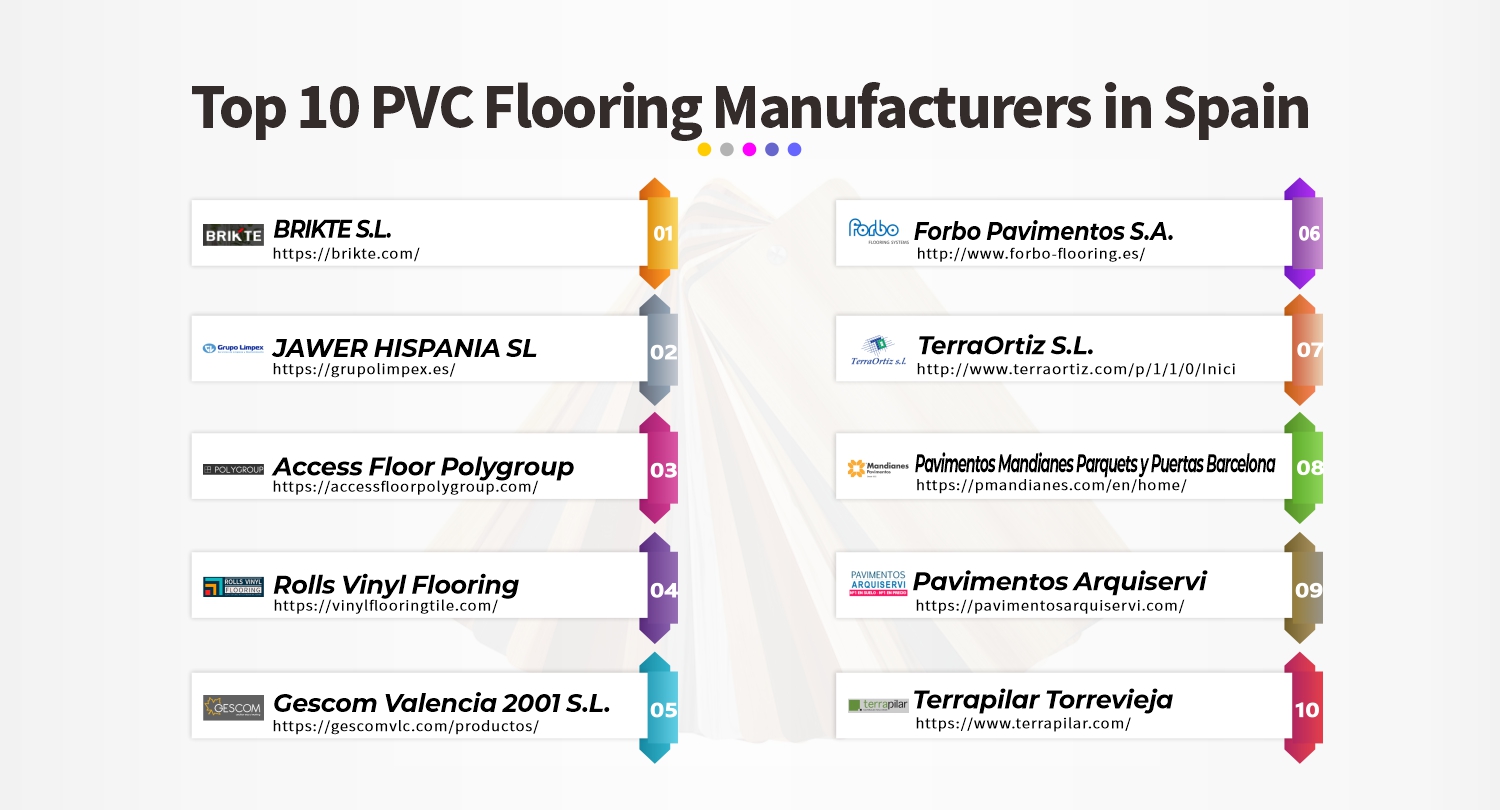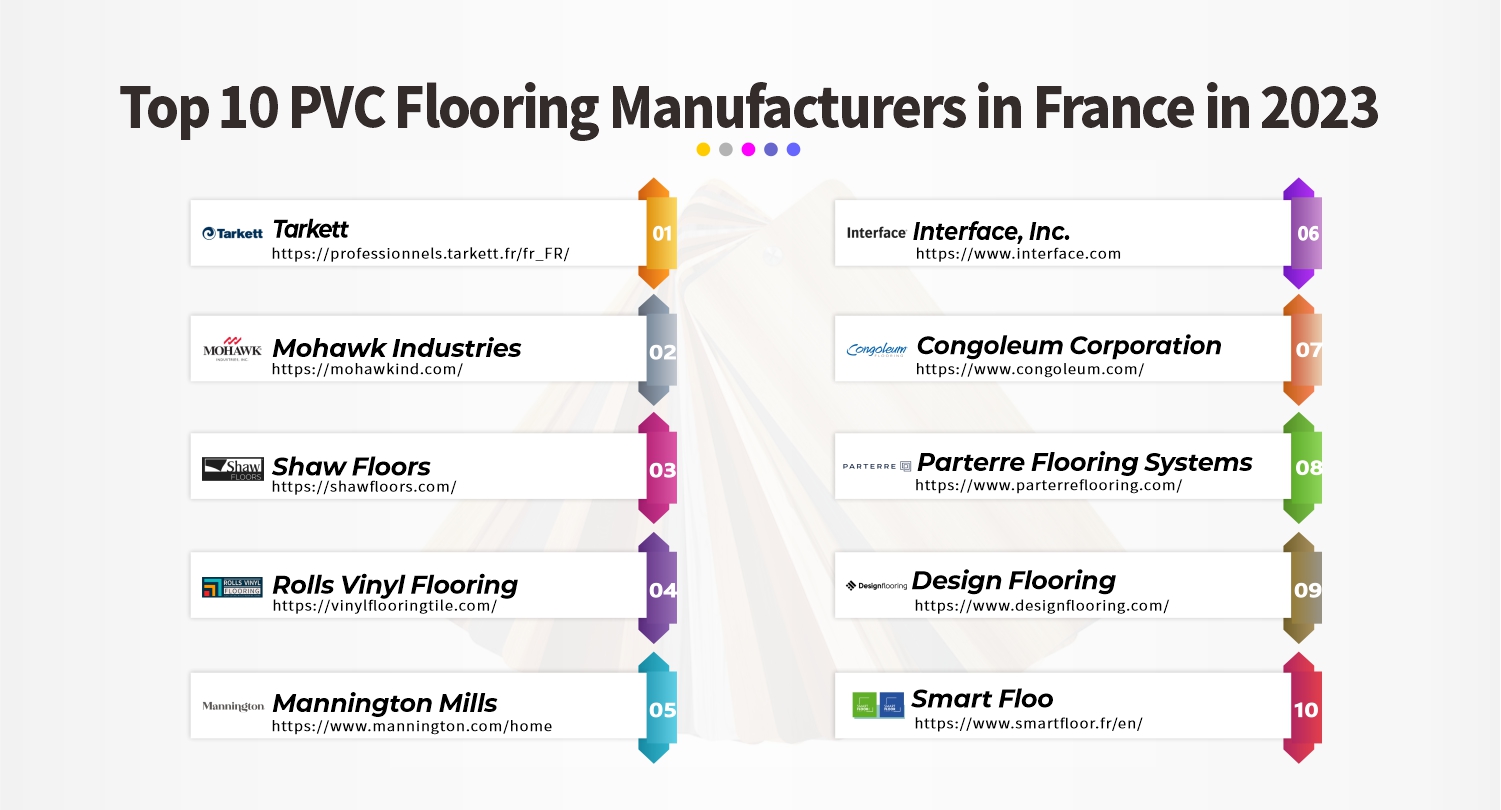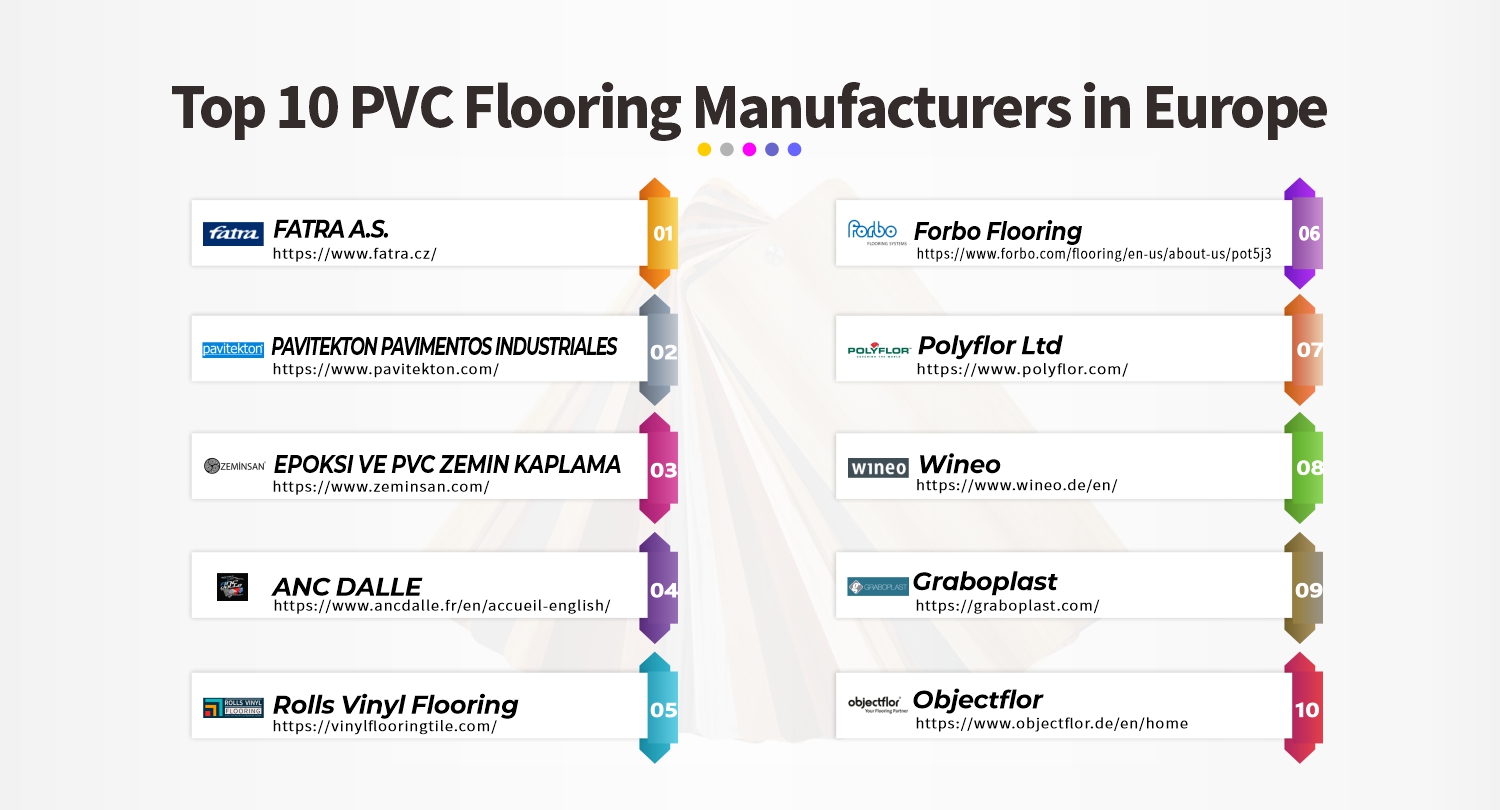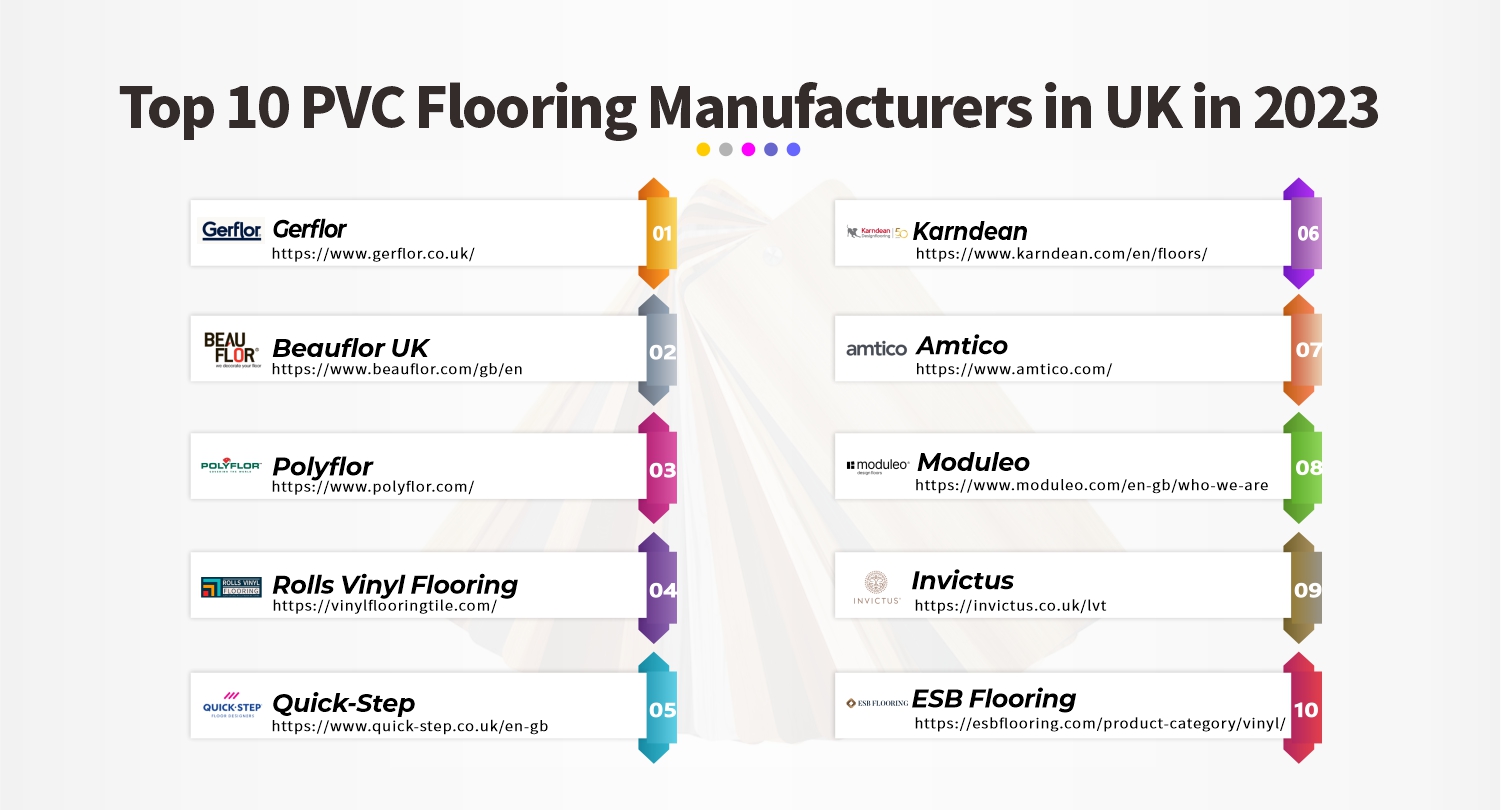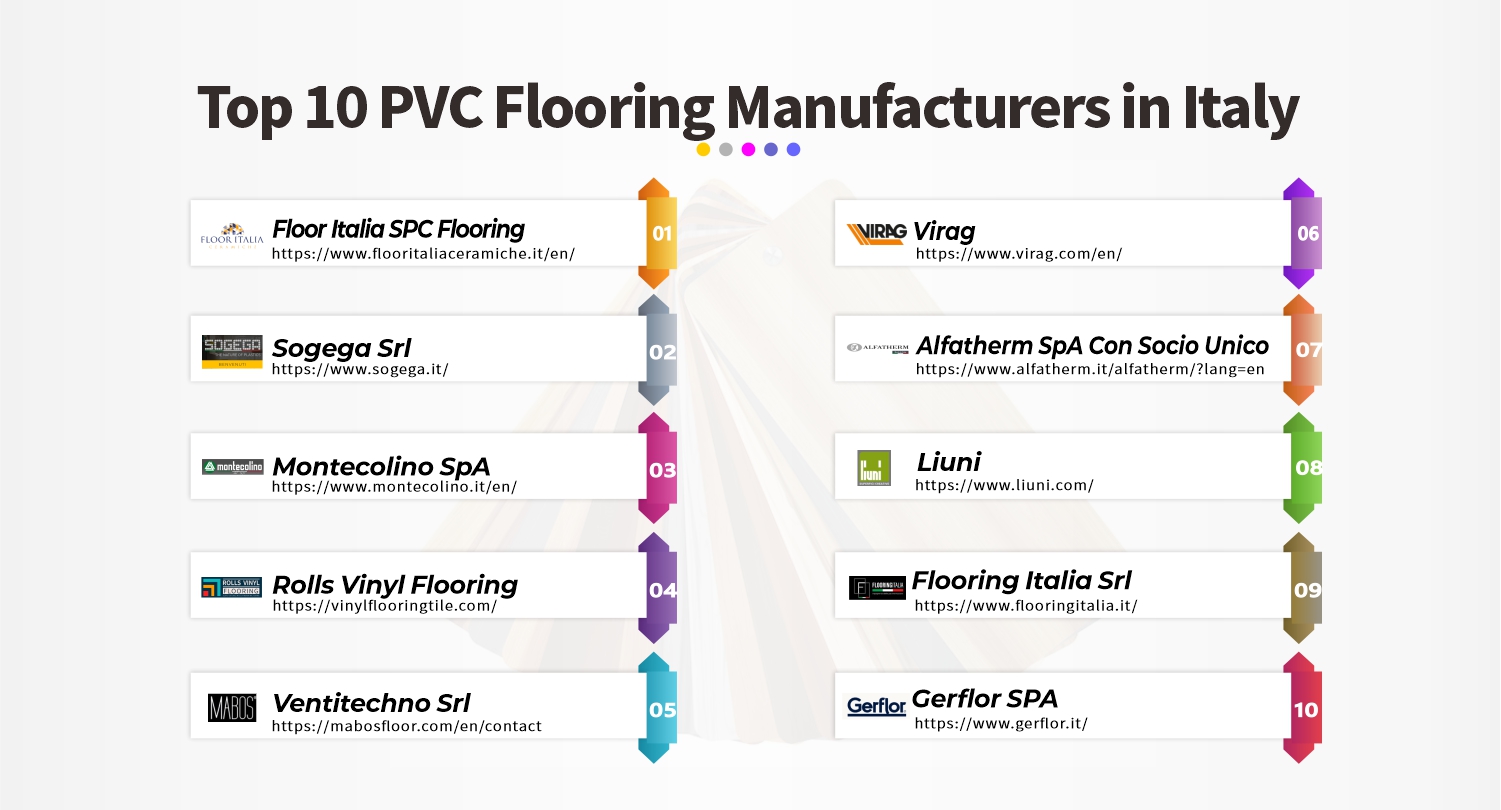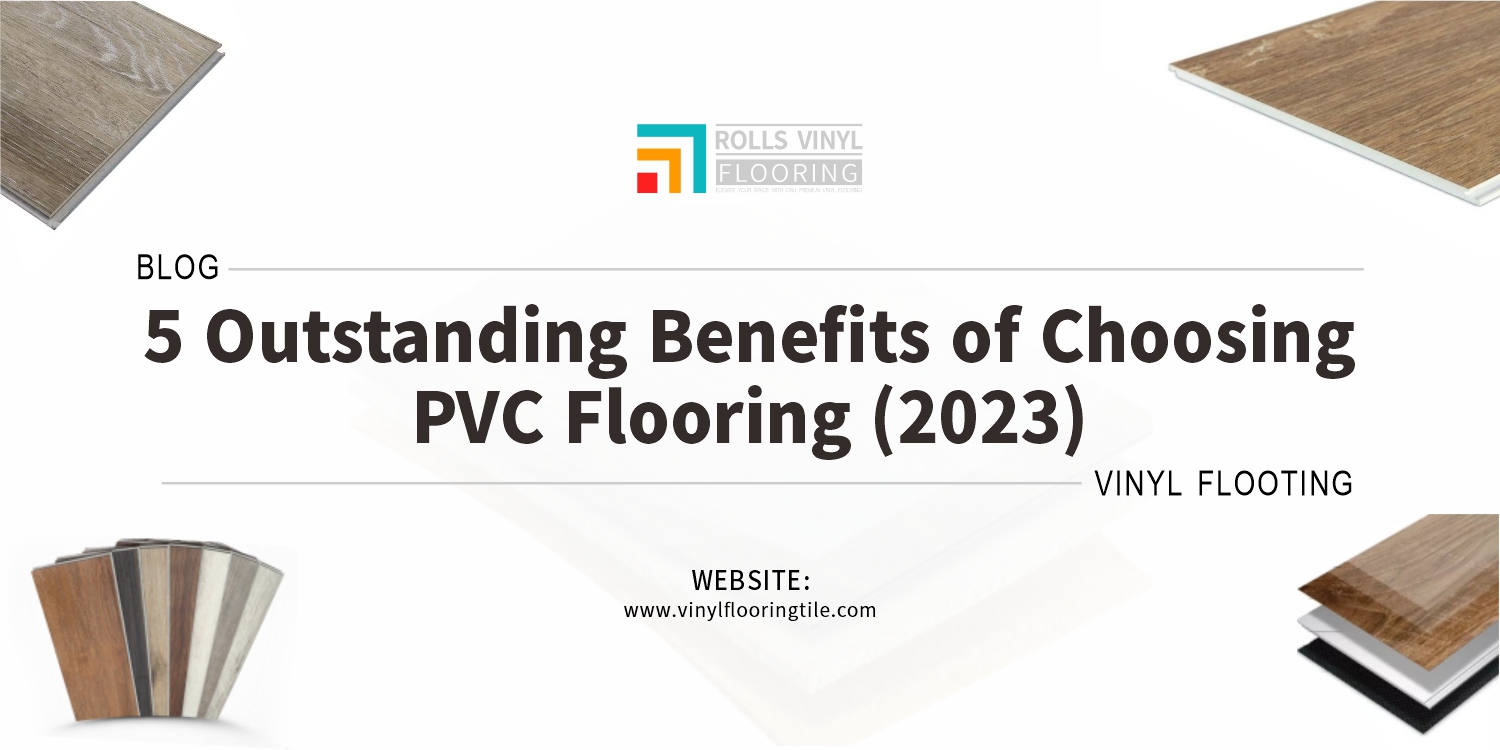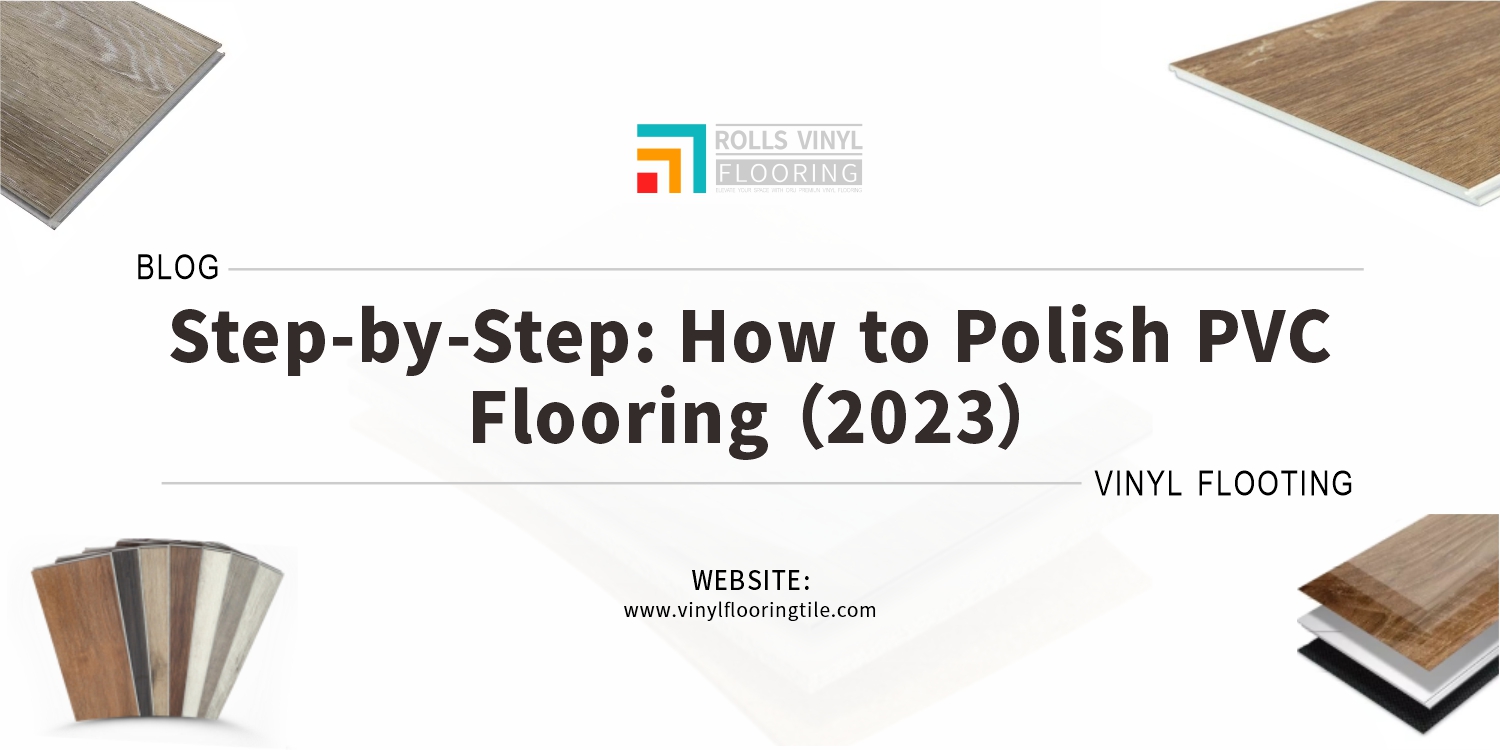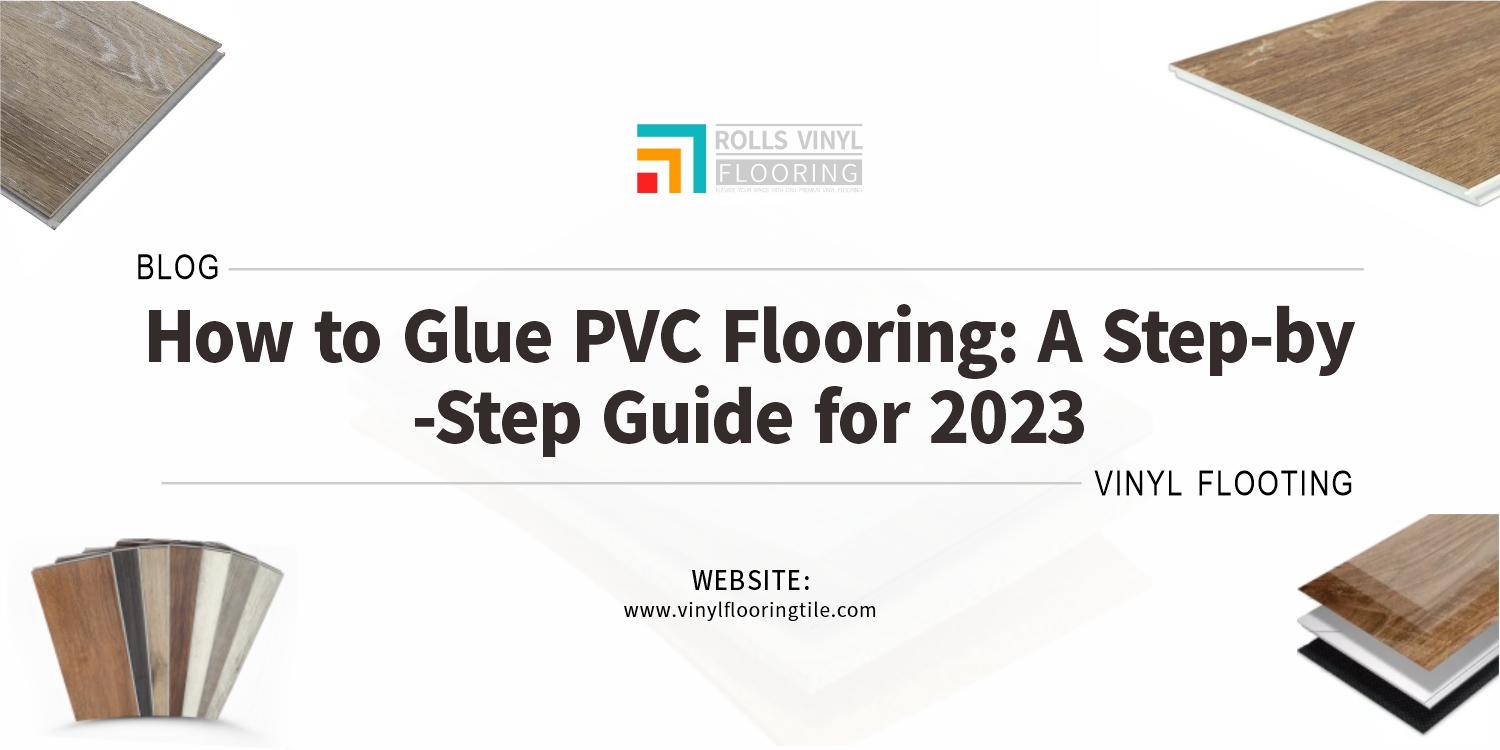Are you struggling to decide between Laminate and PVC flooring for your home or office? The choice can be overwhelming, especially when both options offer great benefits. You’re not alone in this dilemma; the good news is that there’s a way to make an informed decision without stress.
This comprehensive guide breaks down the key differences between Laminate and PVC flooring, from durability and cost to style and maintenance. By the end, you’ll have all the information you need to choose the right flooring.

So, why wait? Discover the ultimate flooring solution that meets your needs and elevates your space.
Understanding Laminates
A. What is Laminate Flooring?
Laminate flooring has come a long way since its inception, offering a versatile and affordable option for various settings, from homes to commercial spaces. It is composed of multiple layers and mimics the look of hardwood, stone, or ceramic tiles. Laminate flooring can transform spaces, offering both aesthetic appeal and functionality.
B. The Process of Making Laminate Flooring
The manufacturing process of laminate flooring involves four primary layers: the wear layer, design layer, core layer, and backing layer. These layers are fused together using high pressure and heat. This process ensures a durable and resilient product.
C. Pros and Cons of Laminate Flooring
Pros:
- Durability: Laminate floors are resistant to scratches, dents, and stains.
- Affordability: Generally less expensive than hardwood or stone options.
- Easy Installation: Most laminate floors come with a click-lock design, making DIY installation feasible.
Cons:
- Not Waterproof: While some laminates offer water resistance, they are not entirely waterproof.
- Lesser Resale Value: Laminate floors may add less value to your property than hardwood.
D. The Cost of Laminate Flooring
The cost of laminate flooring can vary widely, depending on the quality and design you choose. On average, you can expect to pay between $1 to $5 per square foot for the material alone. Installation costs can add another $2 to $5 per square foot. Investing in high-quality laminate can offer excellent value for your money.
Laminate vs. PVC: Key Differences

A. Comparison of Durability
Durability is often the first thing people consider when choosing flooring. Laminate is constructed with a wear layer that makes it resistant to scratches, dents, and even UV light. This makes it ideal for high-traffic areas like hallways and living rooms. On the other hand, PVC flooring is incredibly resilient regarding moisture and water damage, making it a go-to choice for bathrooms, kitchens, and basements.
B. Comparison of Care and Maintenance
Both laminate and PVC flooring are relatively easy to maintain, but there are some differences. Laminate floors can be sensitive to standing water, so it’s essential to clean up spills immediately and use a damp mop rather than a wet one. PVC is more forgiving; it can be wet-mopped and even steam-cleaned. Over the years, I’ve provided maintenance tips to countless clients, and your lifestyle can significantly influence which flooring type will be easier for you to maintain.
C. Comparison of Cost
While both laminate and PVC offer a range of price points, it’s essential to look beyond just the initial material cost. Laminate can range from $1 to $5 per square foot, while PVC can go from $2 to $7. However, the lifetime cost of PVC may be lower due to its durability and lower maintenance requirements. I’ve helped clients navigate the complexities of project budgeting, taking into account not just material costs but also installation, underlayment, and long-term maintenance.
D. Comparison of Visual Appeal
Aesthetically, both laminate and PVC offer a wide range of options. Laminate has the edge if you’re looking for a natural wood or stone look, as it uses high-definition printing to create realistic textures. PVC may provide a different depth and natural feel while offering a range of patterns and colors.
E. Comparison of Installation Process
Installation is another critical factor to consider. Laminate flooring usually requires an underlayment and can be more sensitive to the level of the subfloor. PVC flooring, being more flexible, can often be installed over slightly uneven surfaces without issue. Both types offer click-lock installation options, making DIY installation feasible for those who are handy.
F. Comparison of Environmental Impact
Environmental considerations are becoming increasingly important. Laminate is often made from recycled wood fibers and is generally considered more eco-friendly. PVC is made from synthetic materials and may off-gas VOCs, especially when new. If sustainability is a significant concern, this could be a deciding factor.
Factors to Consider when Choosing Between Laminate and PVC Flooring

A. Location and Use of the Room
When choosing between laminate and PVC flooring, the intended location and use of the room are paramount. Laminate is a fantastic choice for areas like living rooms, dining rooms, and bedrooms, where moisture is less of a concern. It could be better for bathrooms, laundry rooms, or basements, where water exposure is more likely. On the other hand, PVC is incredibly versatile and can be used in virtually any room, including wet areas like bathrooms and kitchens.
B. Your Budget
Budget considerations extend beyond just the upfront cost of the material. While laminate flooring generally costs between $1 to $5 per square foot, and PVC ranges from $2 to $7, other financial factors must be considered. These include the cost of underlayment, adhesives (if needed), and labor costs if you’re not installing it yourself. Additionally, think about long-term maintenance costs. Laminate may require special cleaning solutions, while PVC is generally easier and cheaper to maintain.
C. Aesthetic Preferences
Your aesthetic preferences will significantly influence your flooring choice. Laminate offers various textures and designs, closely mimicking natural materials like hardwood, stone, and even ceramic tiles. PVC also offers a variety of patterns and colors but may need more depth and natural feel that laminate provides.
D. Health and Environmental Concerns
Health and sustainability are increasingly important factors in choosing flooring. Laminate is often made from recycled wood fibers and doesn’t off-gas as many VOCs (Volatile Organic Compounds) as other flooring options. However, PVC is a type of plastic that can not only off-gas VOCs but is also less biodegradable. These are crucial factors to consider if you have young children, pets, or allergy sufferers in the home or are concerned about your ecological footprint.
Conclusion

In this comprehensive guide, we’ve delved deep into the world of laminate and PVC flooring, covering everything from durability and cost to aesthetic appeal and environmental impact. We’ve also explored the key factors you should consider when choosing, such as the room’s intended use, budget, and personal style preferences.
Now that you’re armed with this knowledge, it’s time to make a decision that aligns with your specific needs and preferences. Whether you prioritize durability, cost, aesthetics, or environmental impact, the choice is yours. Don’t hesitate to revisit this guide as you weigh your options.
The importance of making an informed decision regarding flooring must be considered. Your choice will not only affect the look and feel of your space, but also its functionality and even its resale value. By providing you with a detailed, reliable guide based on years of industry experience, this article aims to be your go-to resource for all your flooring needs.

